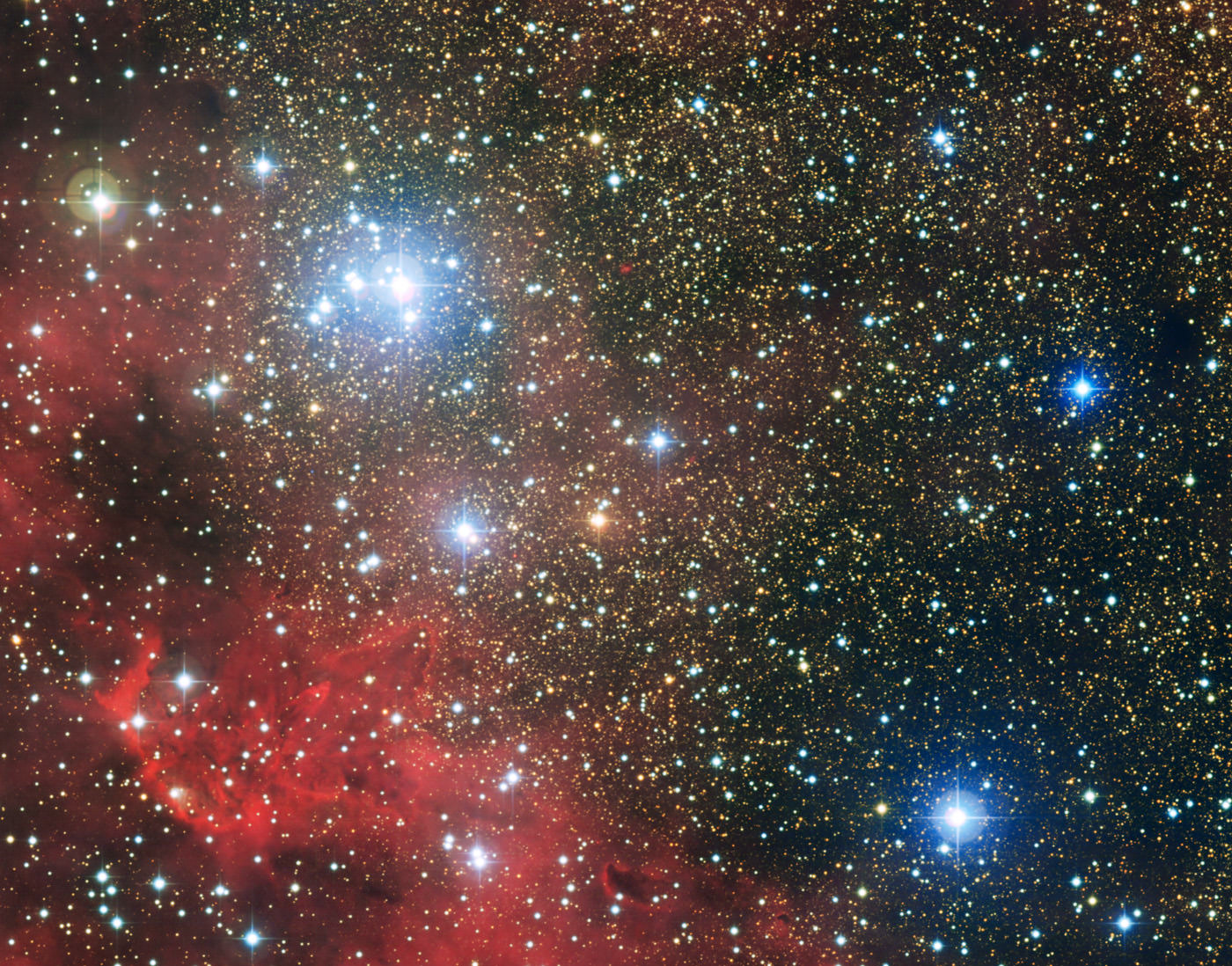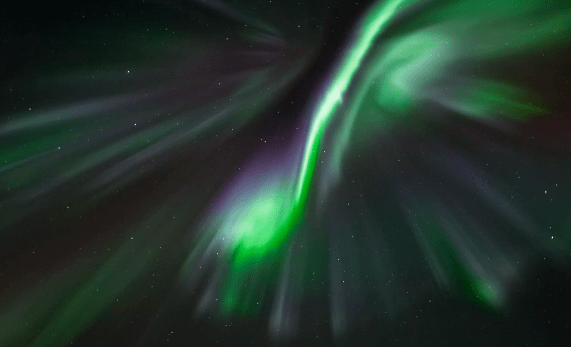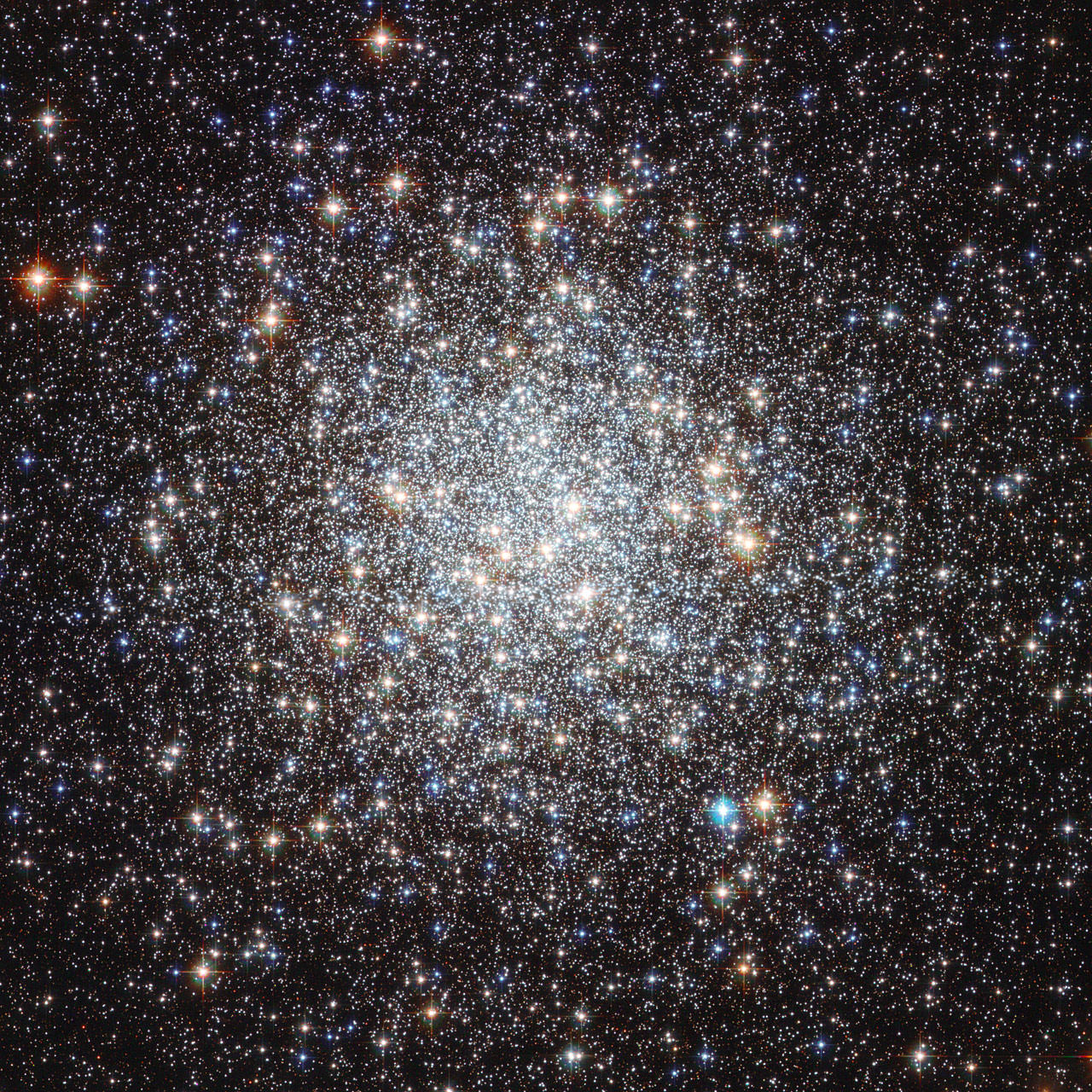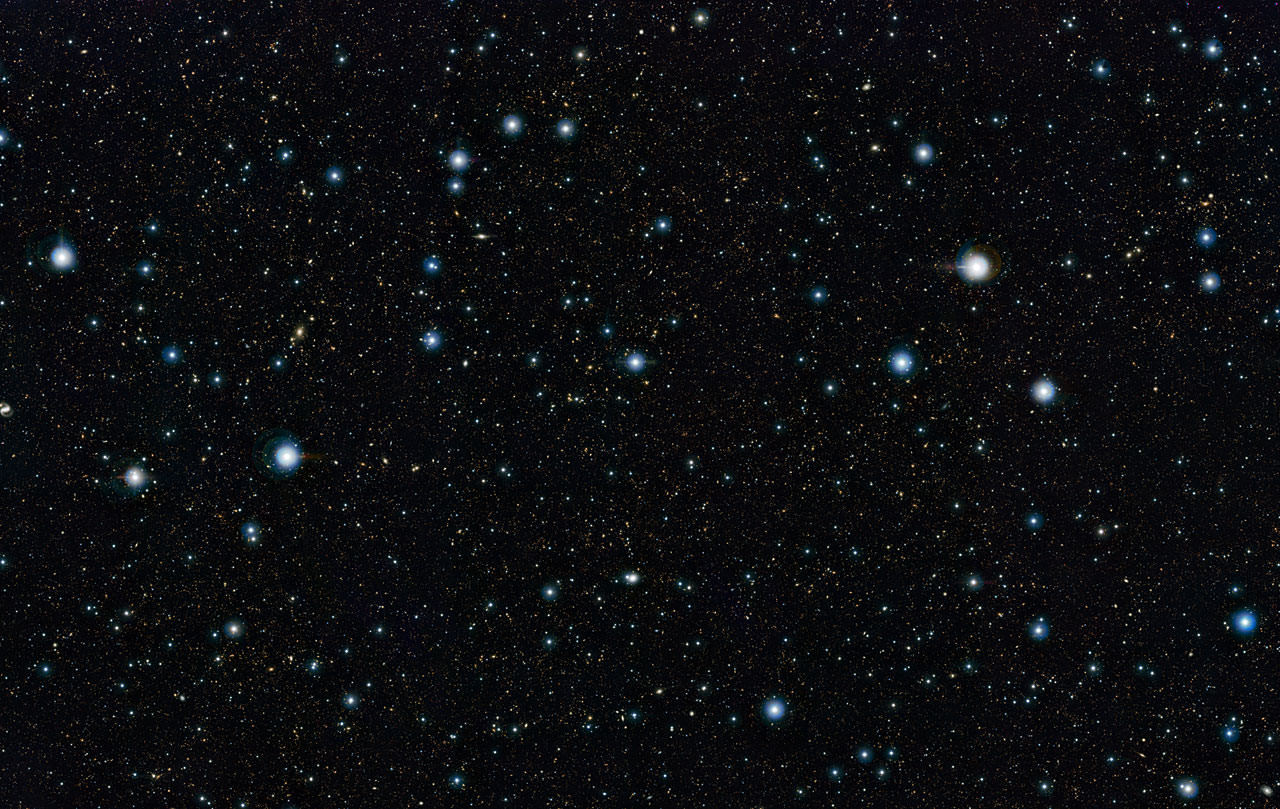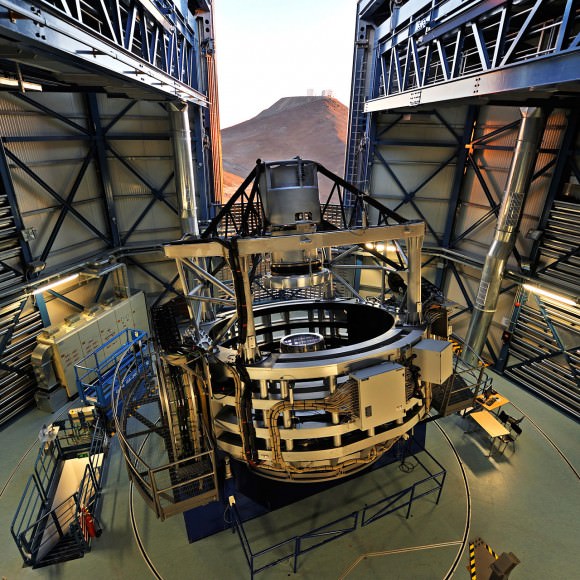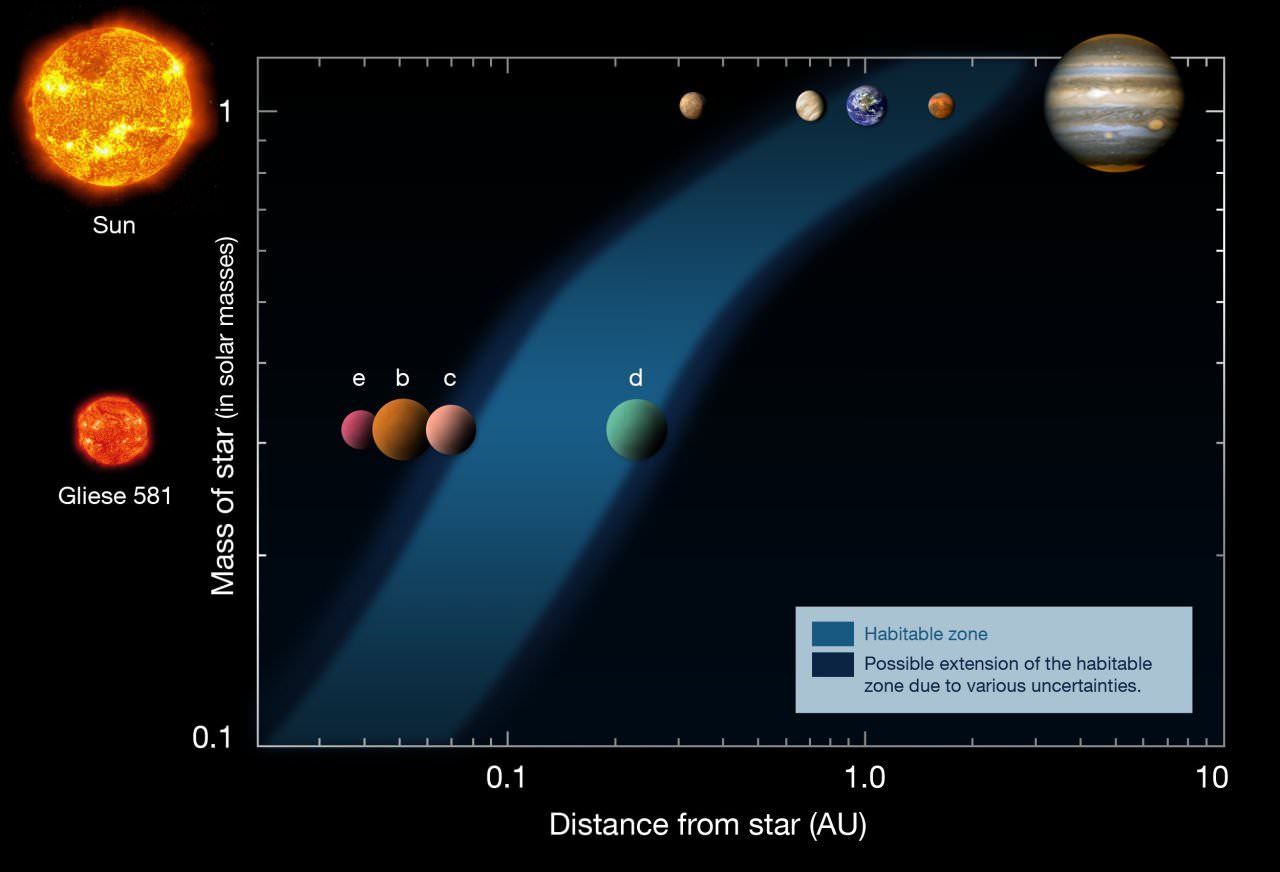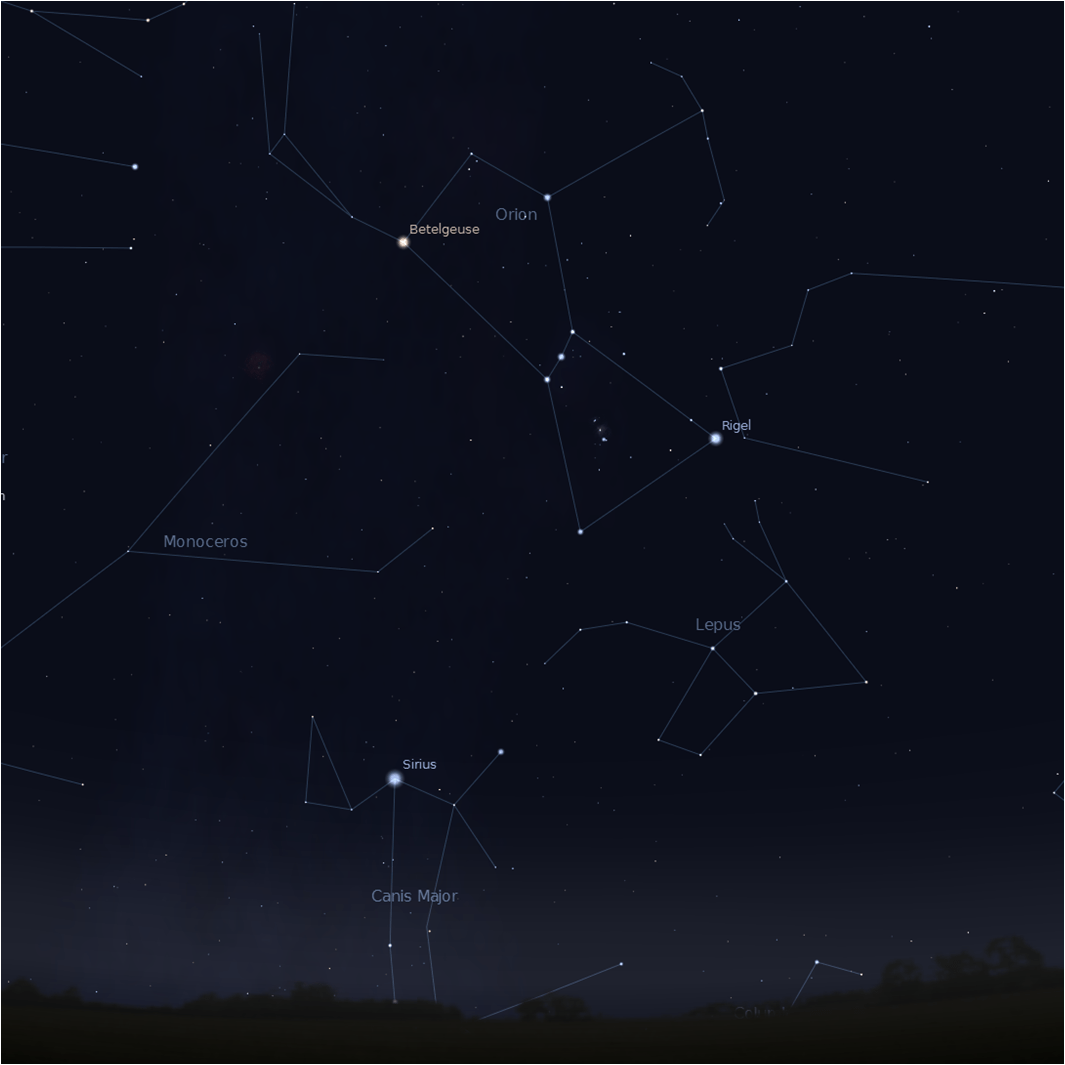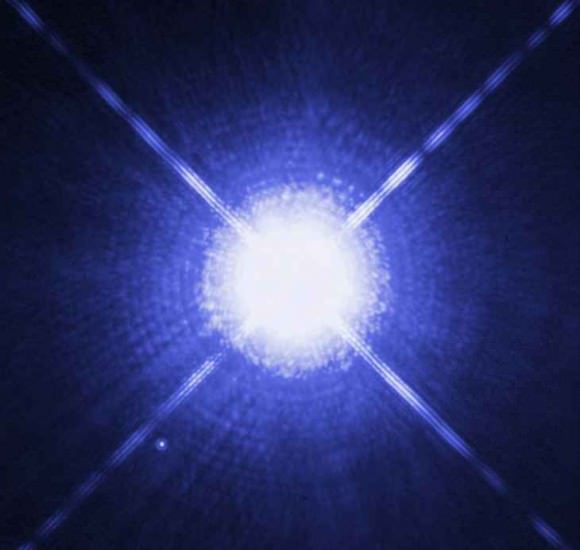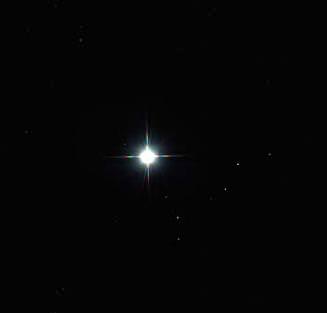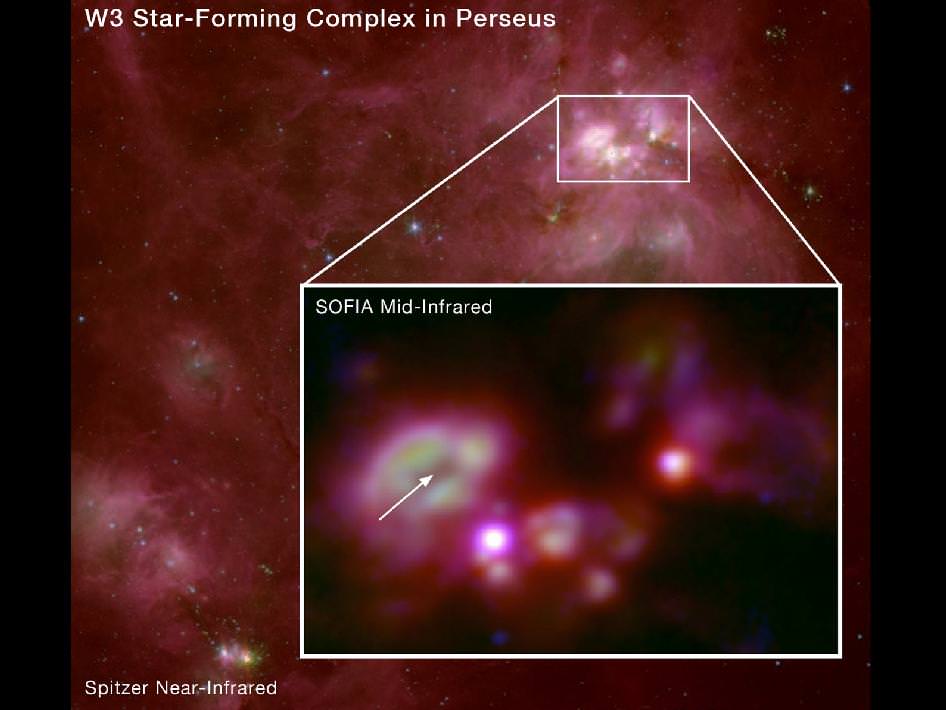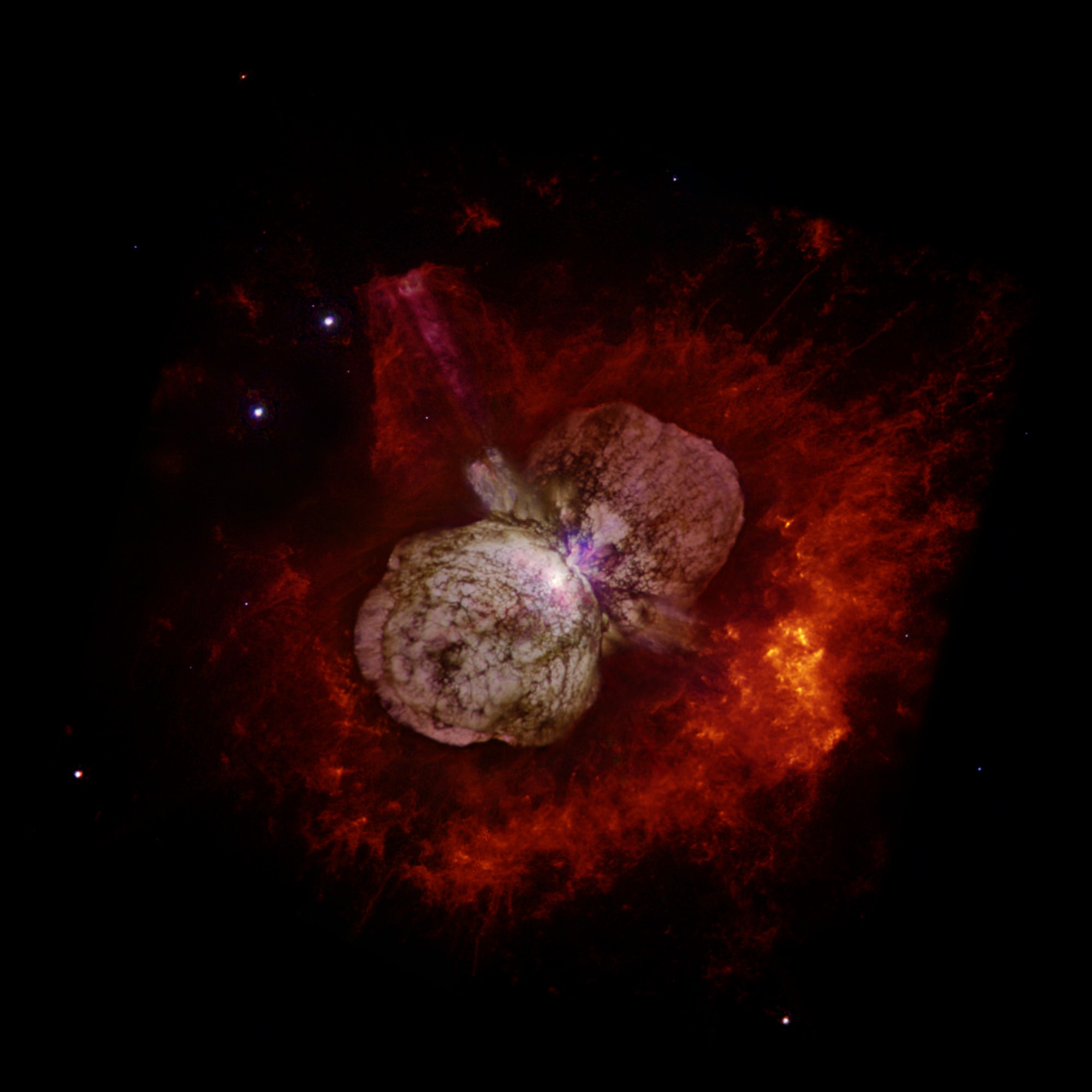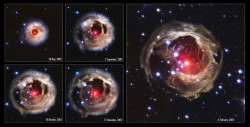[/caption]
Habitable zones are the regions around stars, including our own Sun, where conditions are the most favourable for the development of life on any rocky planets that happen to orbit within them. Generally, they are regions where temperatures allow for liquid water to exist on the surface of these planets and are ideal for “life as we know it.” Specific conditions, due to the kind of atmosphere, geological conditions, etc. must also be taken into consideration, on a case-by-case basis.
Now, by examining trace elements in the host stars, researchers have found clues as to how the habitable zones evolve, and how those elements also influence them. To determine what elements are in a star, scientists study the wavelengths of its light. These trace elements are heavier than the hydrogen and helium gases which the star is primarily composed of. Variations in the composition of these stars are now thought to affect the habitable zones around them.
The study was led by Patrick Young, a theoretical astrophysicist and astrobiologist at Arizona State University. Young and his team presented their findings on January 11, 2012 at the annual meeting of the American Astronomical Society in Austin, Texas. He and his colleagues have examined more than a hundred dwarf stars so far.
An abundance of these elements can affect how opaque a star’s plasma is. Calcium, sodium, magnesium, aluminum and silicon have been found to also have small but significant effects on a star’s evolution – higher levels tended to result in cooler, redder stars. As Young explains, “The persistence of stars as stable objects relies on the heating of plasma in the star by nuclear fusion to produce pressure that counteracts the inward force of gravity. A higher opacity traps the energy of fusion more efficiently and results in a larger radius, cooler star. More efficient use of energy also means that nuclear burning can proceed more slowly, resulting in a longer lifetime for the star.”
The lifetime of a star’s habitable zone can also be influenced by another element – oxygen. Young continues: “The habitable lifetime of an orbit the size of Earth’s around a one-solar-mass star is only 3.5 billion years for oxygen-depleted compositions but 8.5 billion years for oxygen-rich stars. For comparison, we expect the Earth to remain habitable for another billion years or so, for about 5.5 billion years total, before the Sun becomes too luminous. Complex life on Earth arose some 3.9 billion years after its formation, so if Earth is at all representative, low-oxygen stars are perhaps less than ideal targets.”
As well as the habitable zone, the composition of a star can determine the eventual composition of any planets that form. The carbon-oxygen and magnesium-silicon ratios of stars can affect whether a planet will have magnesium or silicon-loaded clay minerals such as magnesium silicate (MgSiO3), silicon dioxide (SiO2), magnesium orthosilicate (Mg2SiO4), and magnesium oxide (MgO). A star’s composition can also play a role in whether a rocky planet might have carbon-based rock instead of silicon-based rock like our planet. Even the interior of planets could be affected, as radiocative elements would determine whether a planet has a molten core or a solid one. Plate tectonics, thought to be important for the evolution of life on Earth, depend on a molten interior.
Young and his team are now looking at 600 stars, ones that are already being targeted in exoplanet searches. They plan to produce a list of the 100 best stars which could have potentially habitable planets.

